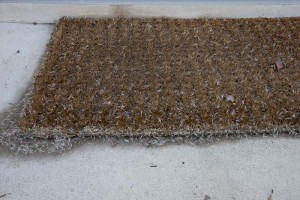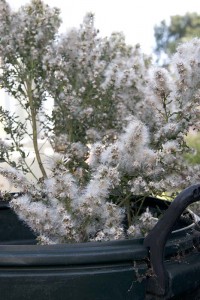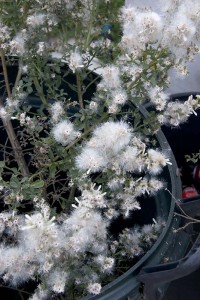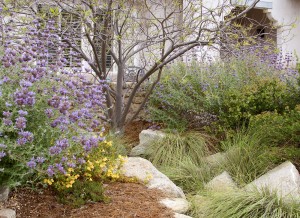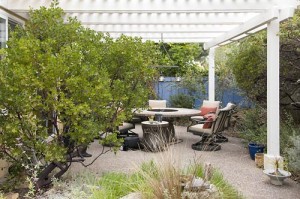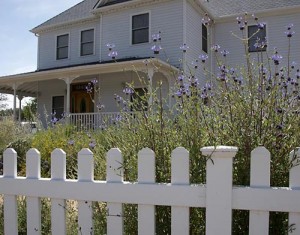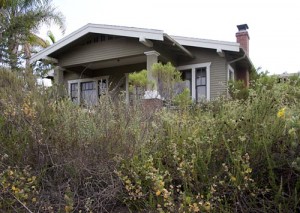It’s only recently that I’ve gotten back to posting, and there’s close to a year’s worth of stuff that might have been blog-worthy.
Here’s a short, redacted list of 2014 highlights:
All Year

February
Atlanta Botanical Garden. Oops. Sorry. No photos. Someone let the camera battery get drained… Imagine, though, snow on the ground, an outdoor elevated walkway winding its way gracefully through the trees beneath what in summer would be a cooling canopy, several terrific interior conservatory spaces filled with fragrant orchids. Not a huge garden, but worth the visit.
June
The Southwest
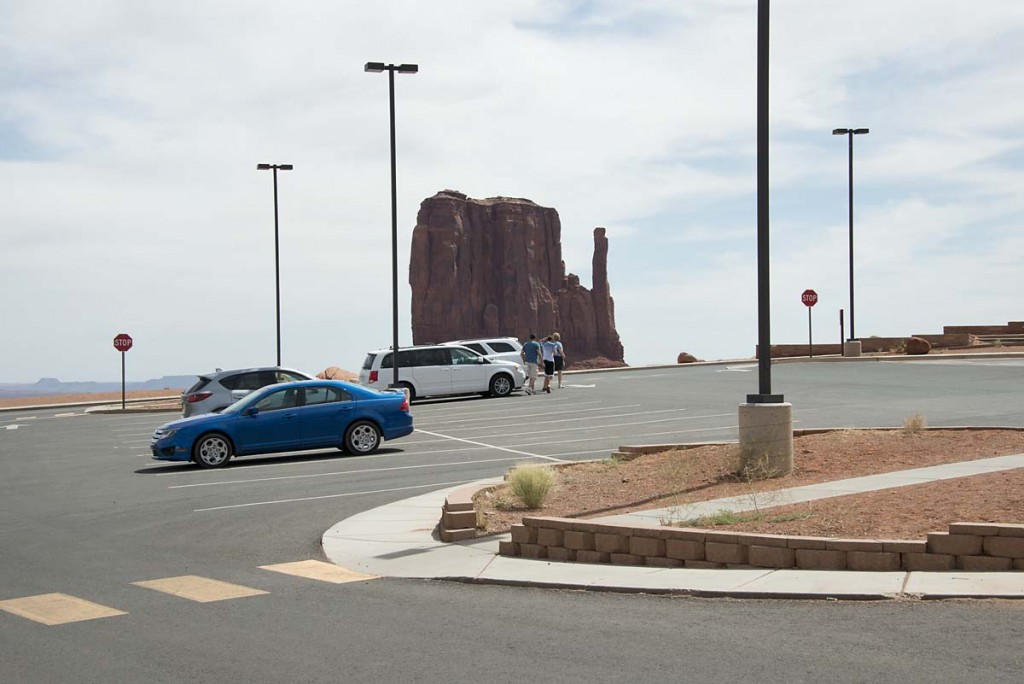



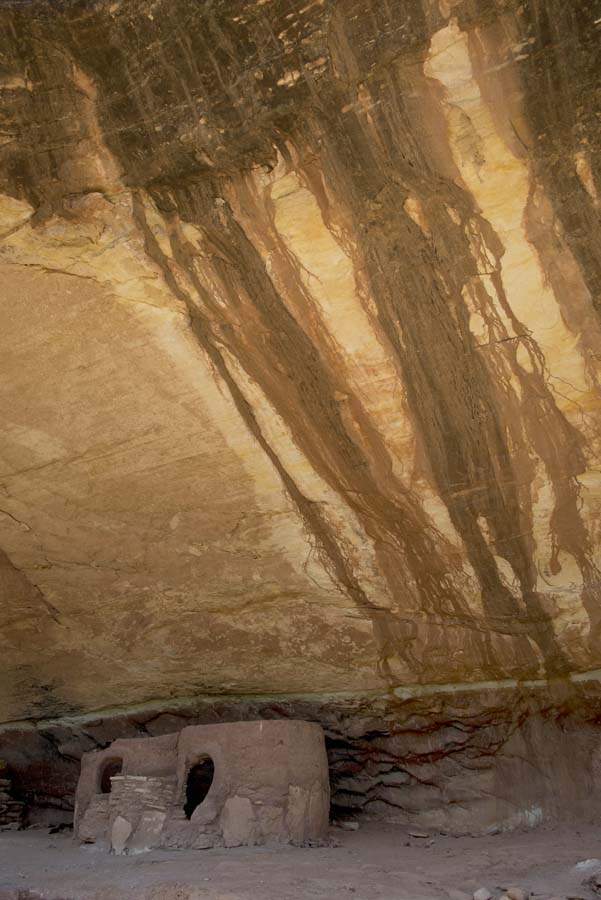
October
A creature waaay more scary than a racoon or gopher…

November
The drought continues. Even with some supplemental watering we lost a fair number of plants. This pile of brownery is what was left of the South African protea hybrid, Pink Ice. We had it for over twenty years–pretty good for a plant that’s considered difficult to cultivate. The loss of exotic plants in the garden is an opportunity at the same time: There’s now more space to plug in some more California natives. Already in the protea’s place are a Ceanothus Ray Hartman and a bush poppy.
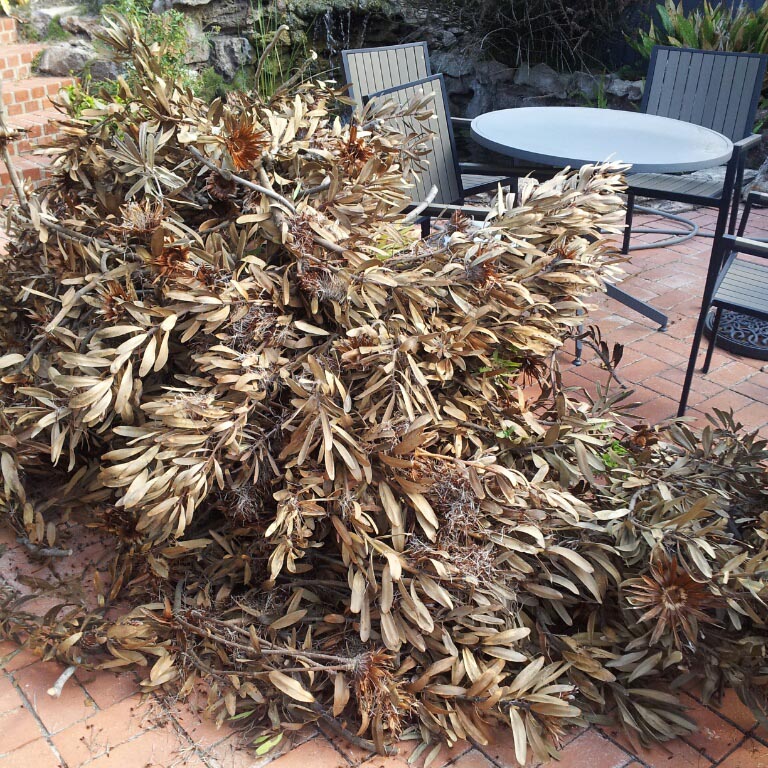
December
The rain, the rain… Almost five inches of it fell in one month, compared to a total 3.27 inches in the eleven months from January to November. Nobody’s calling the drought ended, but months like this are a great down-payment towards a season of more normal rainfall. Here’s wishing for more rain, and for a great 2015, for the garden, and all of you!


